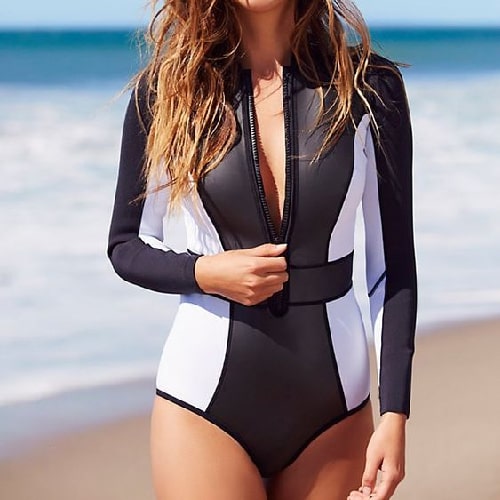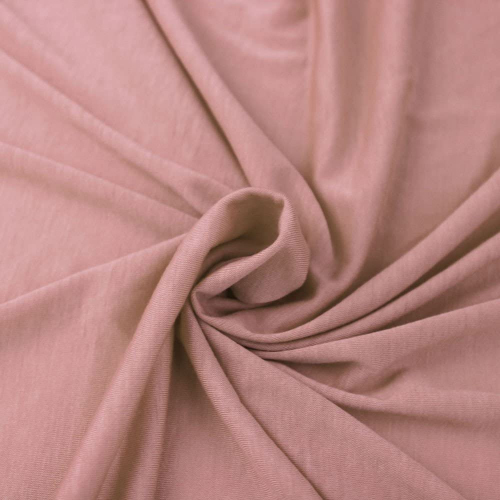Swimming Wear
Rash Guard
Rash Guard
A rash guard, also known as rash vest or rashie, is an athletic shirt made of spandex and nylon or polyester. The name rash guard reflects the fact that the shirt protects the wearer against rashes caused by abrasion, or by sunburn from extended exposure to the sun.
A rash guard shirt is usually worn by itself when surfing in weather too warm for a wetsuit to prevent chafing from sliding on and off of the waxed surface of the surf board. A surfboard’s wax holds sand from the beach that can rub against a surfer while paddling out to the break, or legs while sitting atop one’s board. Rash guards also offer some protection from the sun (measured by its Ultraviolet Protection Factor) and slight protection against jelly fish stings and are sometimes worn under wetsuits to prevent chafing. A rash guard helps to prevent irritation caused by rapid impact with surface water and waves as well.




Common Material
- Nylon
- Lycra
- Spandex
A rash guard by itself is used for light coverage in warm temperatures for many other watersports including surfing, canoe polo, scuba diving, snorkeling, freediving, wakeboarding, bodysurfing, bodyboarding, windsurfing, kitesurfing, kayaking, stand up paddle surfing, or swimming.
There are also lower body rash guards, which are similar to compression shorts to be worn under the surfers’ boardshorts, but more specialized for surfers.
Rash guards are thought to have originated in Australia, where they are commonly referred to as “rashies” or “rashys”.
Important features of a rash guard include flatlock stitching and multi-panel construction. Flatlock stitching creates a seam where the seam allowances lies flat to the garment instead of hanging loose from it. It is made by adjusting the overlock or the thread overedge stitch. Flatlock stitching increases the strength of the garment for intense exercise or recreational activities. Multi-panel construction and different material for separate body parts sewn together in panels allow the user increased mobility wet or dry versus the conventional tee shirt construction.
The combination of products used to construct a rash guard differ slightly depending on the designer. The use of nylon and spandex create a garment that is lightweight, quick drying, flexible, durable, naturally antibacterial and water wicking.
